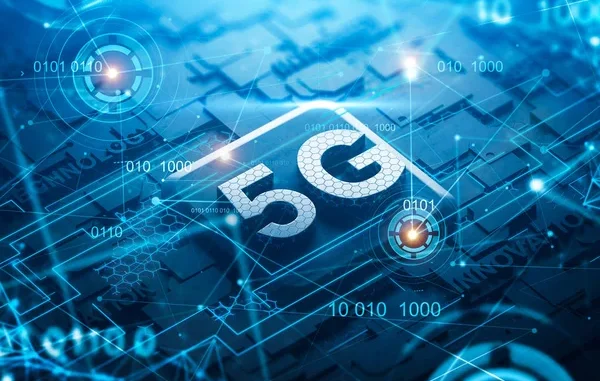
5G LTE, often referred to simply as 5G, is the fifth generation of mobile network technology that succeeds 4G LTE (Long Term Evolution).
While LTE is a term that is commonly associated with 4G technology, the term 5G encompasses a variety of advancements and capabilities intended to provide faster speeds, lower latency, and increased capacity for a wide range of devices and applications.







Speed: 5G networks can achieve download speeds theoretically exceeding 10 Gbps, which is significantly faster than 4G LTE, which typically offers speeds in the range of 10–100 Mbps.
Latency: 5G networks are designed to have ultra-low latency, with target latency as low as 1 millisecond (ms) compared to approximately 30-50 ms for 4G LTE. This is critical for applications like autonomous vehicles, remote surgery, and real-time gaming.
Capacity: 5G can support a much larger number of devices per square kilometer—up to a million devices—making it ideal for densely populated urban areas and IoT (Internet of Things) applications.
Network Slicing: This feature allows carriers to create multiple virtual networks within a single physical 5G network to optimize resources for different applications, such as enhanced mobile broadband, ultra-reliable low-latency communications, or machine-type communications.
Flexibility: 5G encompasses various technologies and frequency bands, including low-band (sub 1 GHz), mid-band (1-6 GHz), and high-band (above 24 GHz, often referred to as mmWave). This variety allows operators to tailor their services to specific use cases, balancing coverage and speed.
Enhanced Mobile Broadband: Improved video streaming, virtual reality (VR), and augmented reality (AR) experiences.
IoT and Smart Cities: Connecting a vast number of devices in smart homes, smart grids, and intelligent transportation systems.
Automated Vehicles: Enabling real-time communication essentials for autonomous driving and vehicular networks.
Remote Healthcare: Supporting telemedicine services, remote diagnostics, and surgery with high reliability and low latency.
Industry 4.0: Facilitating smart manufacturing and automation through connected machinery and real-time data analytics.
Infrastructure: Building the necessary infrastructure for 5G requires significant investment in new towers, small cells, and fiber optics.
Regulatory Issues: Spectrum allocation and regulatory frameworks need to adapt to the new technology.
Device Compatibility: Transitioning to 5G requires new devices that are compatible with the new technology.
5G is set to transform industries and consumer experiences by enabling new technologies and services. Its full potential is still being explored as deployments continue globally.


Leave a Reply